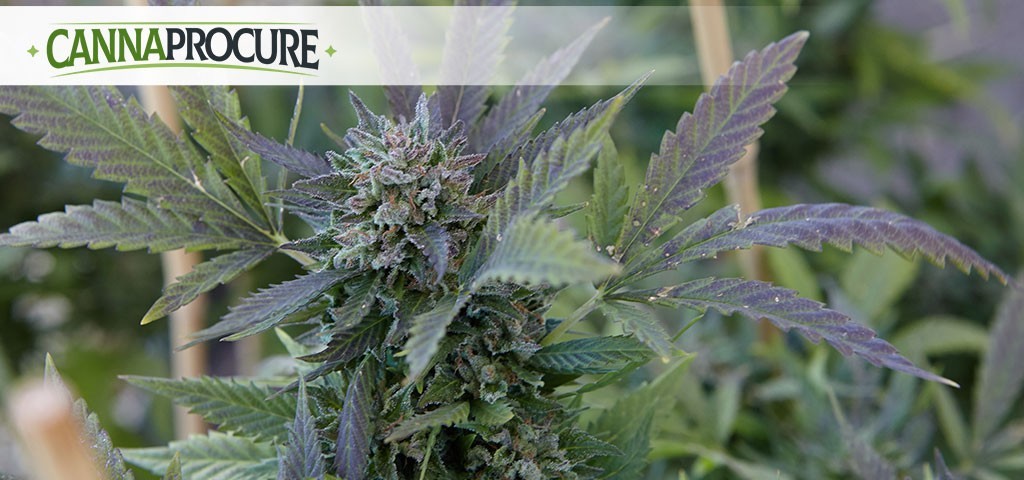Contaminant testing in the cannabis industry has been a challenging yet essential topic to address. The extensive differences in regulations from state to state, along with the frequent changes of formerly established rules make testing a difficult, time-consuming approach. Businesses must pivot and adhere to any state changes or risk losing their license.
The reason cannabis or any other consumer product is tested is for quality assurance and safety of the product. Understanding the types of contaminants, their sources and how to prevent them is essential to product quality, consumer safety, and to the profit margin.
When discussing cannabis testing, there are four groups of contaminants: pesticides, heavy metals (such as lead), foreign materials, and microbes. The most common contaminants found in marijuana plants are plant microbes. These include plant pathogens, post-harvest spoiling microbes, allergens like dust mites, toxin release when heated, and human pathogens.
Mold and other microbes can live on the surface of cannabis plants, making them harmful to consumers. Aspergillus is one type of contaminant that can be life-threatening to those that are immunocompromised. That is just one of the many contaminants that are invisible to the human eye and can live on the plant's surface. There are also consumers that are susceptible to allergic reactions from pollen or mold found on flowers.
It's essential to know the regulations in your state when it comes to how much bacteria or mold can be present. For example, Nevada tests for a wider range of contaminants than most states do, including Aspergillus and Salmonella, along with Enterobacteriaceae, coliforms, and total yeast and mold.
It's essential to know the regulations in your state when it comes to how much bacteria or mold can be present. For example, Nevada tests for a wider range of contaminants than most states do, including Aspergillus and Salmonella, along with Enterobacteriaceae, coliforms, and total yeast and mold.
Each state's standards for acceptable contamination levels will vary. The key is to understand contamination and address it at its source in order to harvest a disease-free cannabis product. Being informed about contaminants will help you adjust should any new regulations be created.
The risk of contamination is present at every stage, from the beginning to end, including agricultural practices and manufacturing processes. Factors that can introduce foreign substances can be found at every stage in the supply chain. It is vital to implement a quality control infrastructure with checkpoints throughout each step to ensure proper sterilization methods are being adhered to.
When cultivating cannabis, it's crucial to ensure the raw materials are free of any microscopic contaminants. Air quality plays a significant role in both cultivation and post-harvest processes, especially with mold contamination. Environmental controls, especially temperature fluctuations, need to be carefully monitored so that unwanted microbes can't flourish.
To also help prevent the spread of microbes, proper quality assurance measures should be in place. These include developing SOPs to confirm PPE use, clean contact surfaces, and optimize worker flow to prevent cross-contamination.
The microbial examination is an essential step in producing high-quality cannabis products. Methods to minimize contamination include air quality surveillance, ATP surface and water monitoring, raw materials testing, and the identification of species. Controlling the environment of the product and using SOP throughout will minimize the amount of contamination present before testing.
However, after following the quality-controlled process, the solution to a worst-case scenario is utilizing a post-harvest kill step. This FDA method is also used in the food and beverage industries.
The goal of a grower should be to cultivate and harvest clean products. One should understand all critical control points within the cultivation process and post-harvest steps. Proper kill methods can be implemented at any stage to ensure the quality and safety of the product. An SOP for quality control, microbial examination, and a sterile processing environment are essential in producing high-quality cannabis products.


